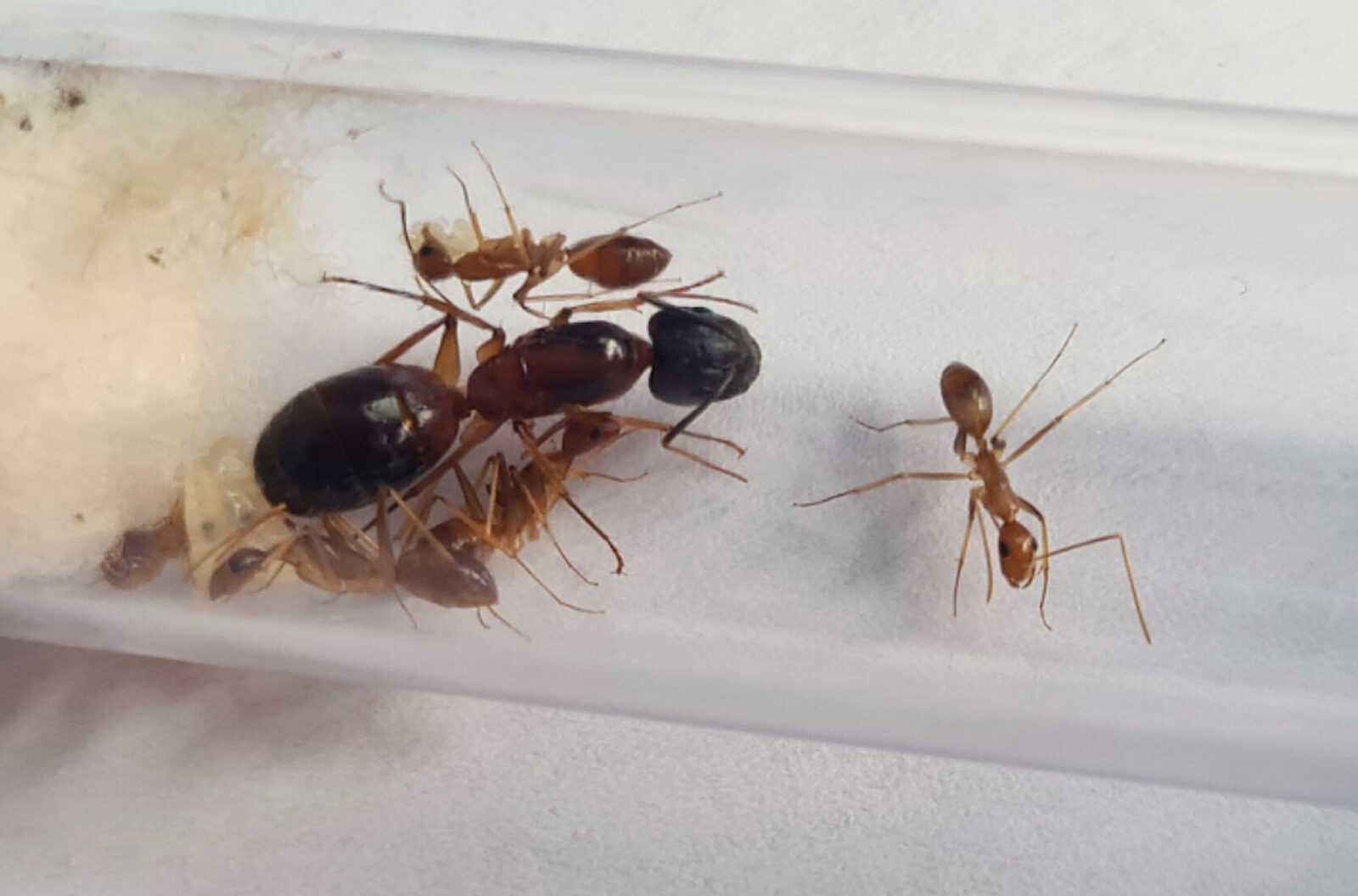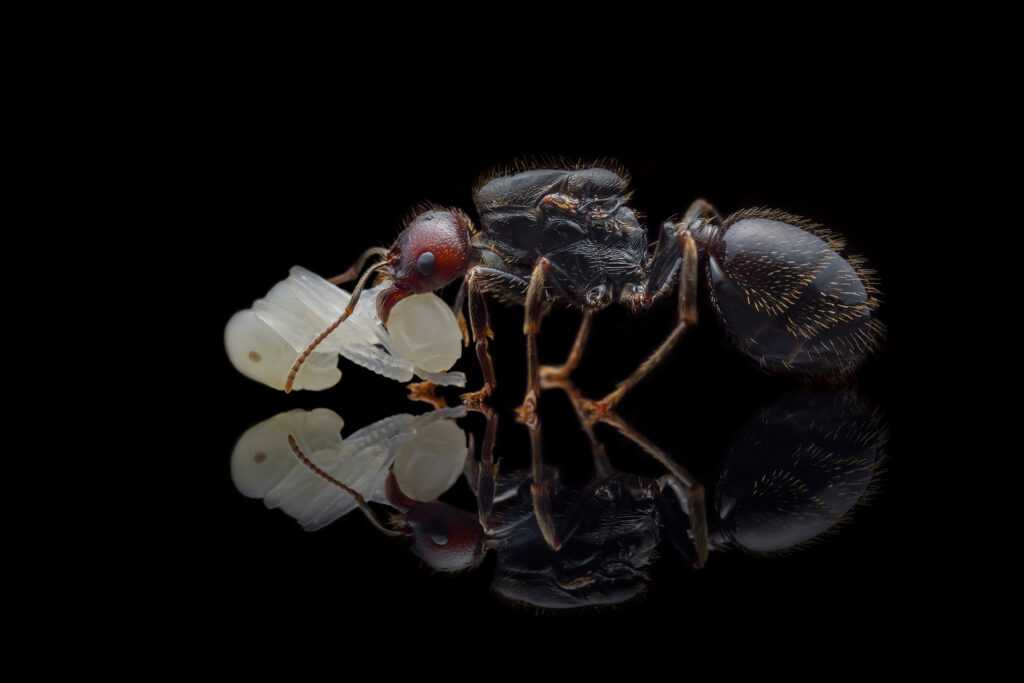Camponotus irritans: A Monogynous Ant Species with Impressive Color Variability
Colony Type: Monogyny
The Camponotus irritans species is a monogynous species, meaning it has a single queen in each colony.
Colony Size: Up to 5000 workers
A fully mature Camponotus irritans colony can consist of up to 5000 workers.
Development Rate: Medium
The development rate of Camponotus irritans colonies is considered to be medium, neither exceptionally fast nor slow.
Size
- Queen: 12-14mm
- Workers: 5–8mm
- Majors: 7-11mm
Camponotus irritans queens have a size range of 12-14mm while the workers are typically 5-8mm in size. The majors, or the larger workers, can reach a size of 7-11mm.
Color
The head color of Camponotus irritans is typically dark brown or black, while their chest ranges from brown to yellowish. The stomach region is usually brown to dark brown in color.
Nutrition
Camponotus irritans is an insect species that requires a varied diet for proper nutrition. They primarily feed on food insects such as cockroaches and crickets. In addition to live insects, their diet can also include syrup made from a mixture of water and honey (ratio 4:1/3:1/2:1), fruits, vegetables, jelly, and cooked chicken without salt.
Arena Humidity
- Recommended Range: 40-60%
- Nests: 50-70%
The ideal humidity range for the Camponotus irritans arena is 40-60%. However, within the nests, a slightly higher humidity level of 50-70% is recommended for optimal conditions.
Arena Temperature
- Recommended Range: 24-28 °C
- Nests: 20-24 °C
An arena temperature of 24-28°C is recommended for Camponotus irritans. However, the temperature within the nests should be slightly lower, ideally between 20-24°C.
A Feature of the Species
Camponotus irritans is native to Asia and is known for its impressive color variability. The species exhibits a wide range of color variations, which is further emphasized by the presence of worker polymorphism.
Recommended Nests for Breeding
Camponotus irritans colonies can thrive in a variety of nest materials. Some suitable options for breeding include acrylic nests, cork nests, plaster nests, and aerated concrete nests.


















Reviews
There are no reviews yet.